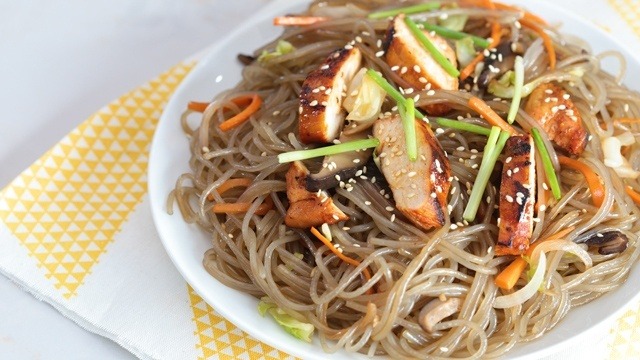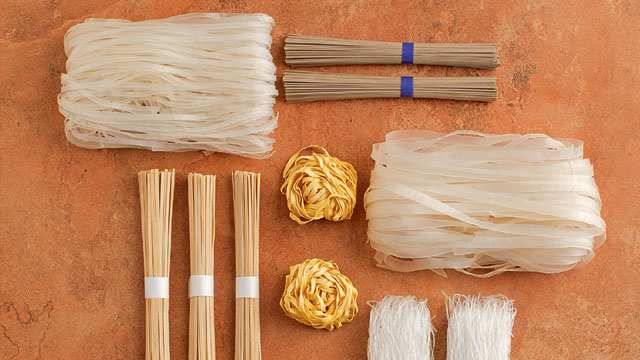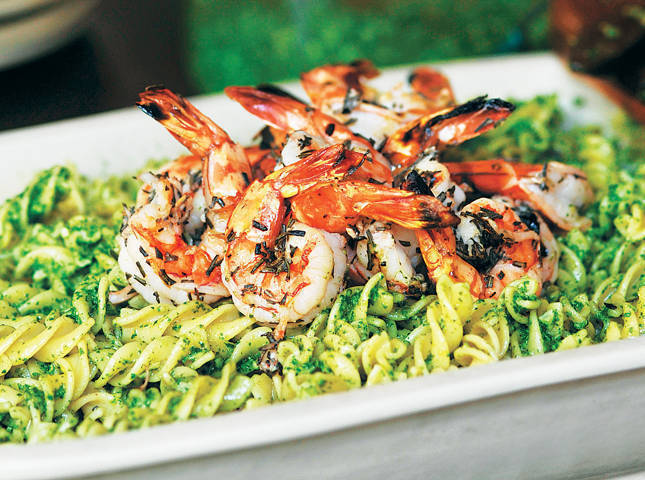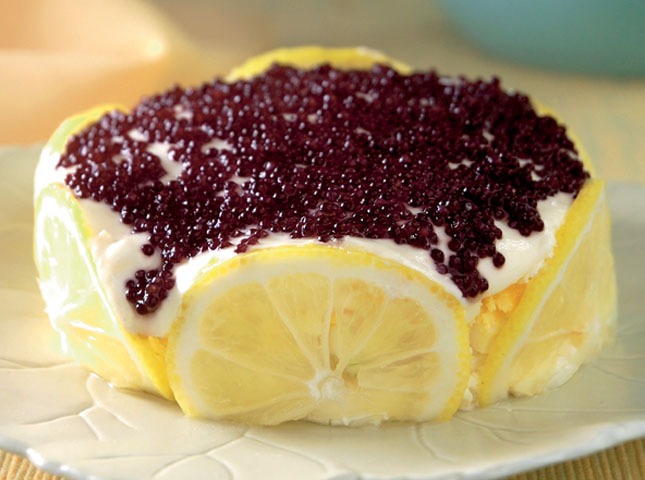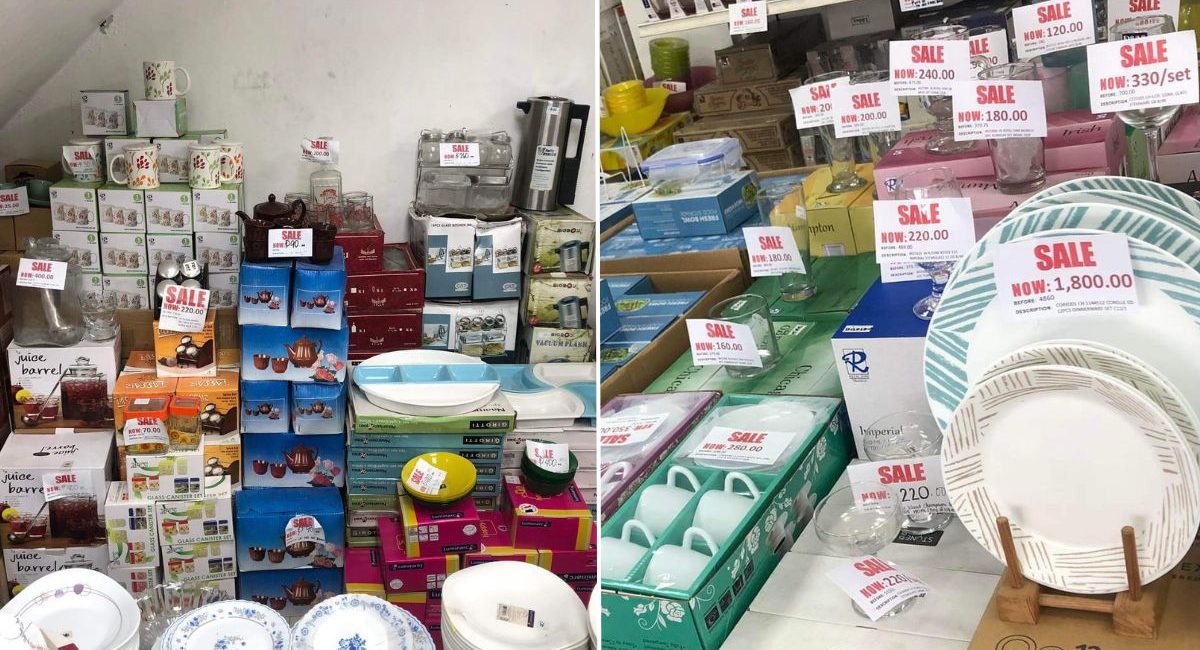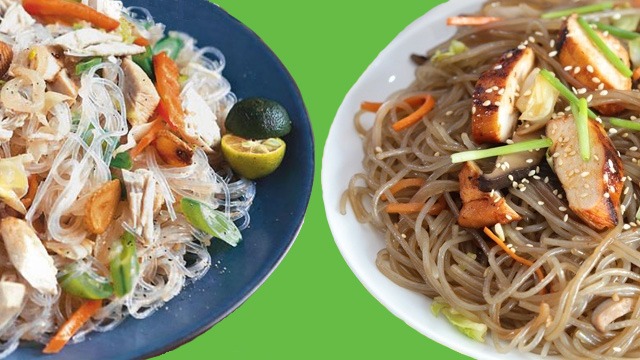
Sotanghon goes by many names. It’s more popularly known as vermicelli or cellophane noodles. These noodles become transparent or translucent noodles once cooked, which is why these are also known as glass noodles. It’s commonly made out of mung bean (monggo) starch. Some kinds also include potato starch. This noodle should not be confused with bihon, another transparent noodle, that is made with rice flour and/or cornstarch.
Sotanghon noodles are excellent when used in soups since these can handle being in hot liquids and won’t absorb more liquid once cooked. These are also the same noodles used to stuff both the fresh and the fried Vietnamese spring rolls. They can also be deep-fried to a crisp and used to garnish other Asian dishes.
While there are several kinds of glass noodles, there is one kind of glass noodle that is quite different from sotanghon: Korean glass noodles. Here are the differences:

1 Sotanghon is made with monggo starch. Korean glass noodles are made from sweet potato starch.
The biggest difference has to be what these noodles are made of. While sotanghon is made from monggo beans, the Korean glass noodles used in chapchae or japchae are made from sweet potatoes. K-drama fans know how much Koreans love their sweet potatoes and these noodles are no different. Korean glass noodles are used to make the popular savory-sweet stir-fried noodle dish that is commonly served as a side dish or banchan to samgyeopsal meals.
2 Sotanghon is a translucent white. Korean glass noodles are translucent gray.
Uncooked, the differences are stark. The sotanghon noodles are white. The Korean glass noodles however are a greenish-gray color that is quite different from any other noodle you may have encountered. This color is likely from the kind of sweet potatoes used for the noodles, most probably the white sweet potatoes which, when cooked, turn the white flesh almost gray.
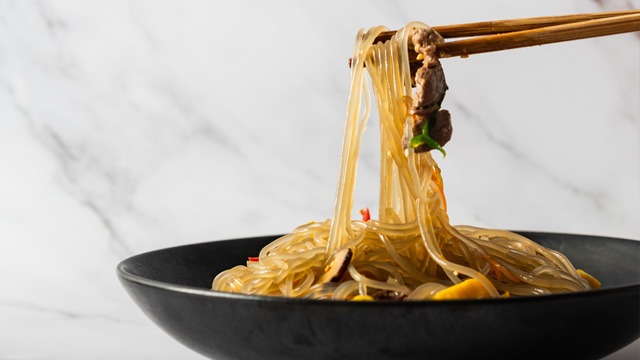
3 Sotanghon’s noodles are thin. Korean glass noodles are thicker.
If you compare the thickness of the noodles, the sotanghon is pretty thin whereas the Korean glass noodles are much thicker. Think angel hair pasta vs. spaghetti pasta. The thickness of the noodles makes no difference to the noodle itself other than making it faster to cook.
4 Sotanghon needs to be soaked in hot water. Korean glass noodles need to be boiled.
If you have even made pancit sotanghon guisado, you know that you just need to soak the noodles in hot water to prepare them for cooking. Once softened the noodles are easily added to the dish so it can soak up the little bit of liquid it can hold to be flavorful and delicious.
Korean glass noodles meanwhile have to be boiled first, and this is commonly straight from the package. The noodles are commonly boiled, rinsed, and then cut with scissors before being tossed into the dish that you’re making.
5 Sotanghon easily breaks. Korean glass noodles are chewy.
The Korean glass noodles are very sticky once cooked and become more manageable when added to the rest of the ingredients. The noodles become soft and chewy once cooked whereas the sotanghon noodles easily break and are easy to chew.
***


